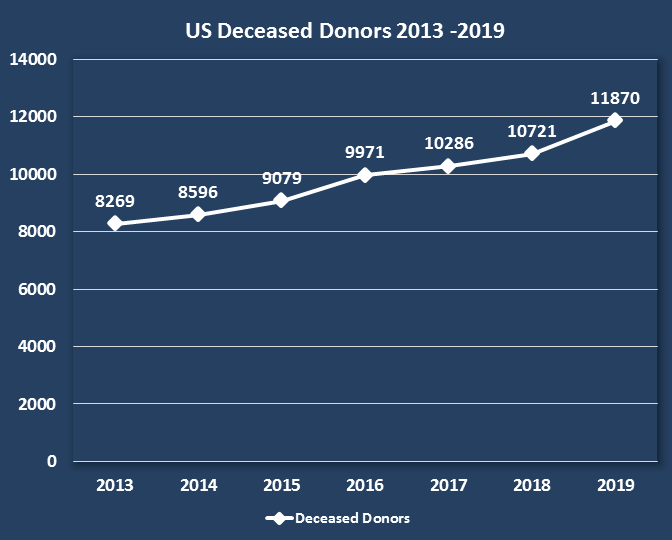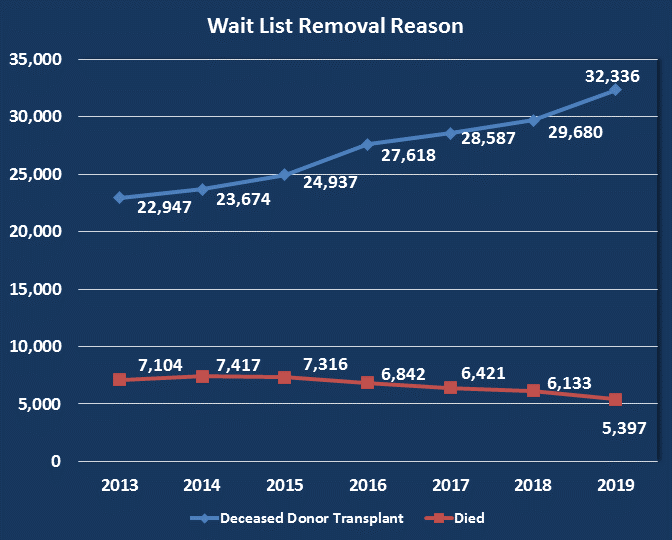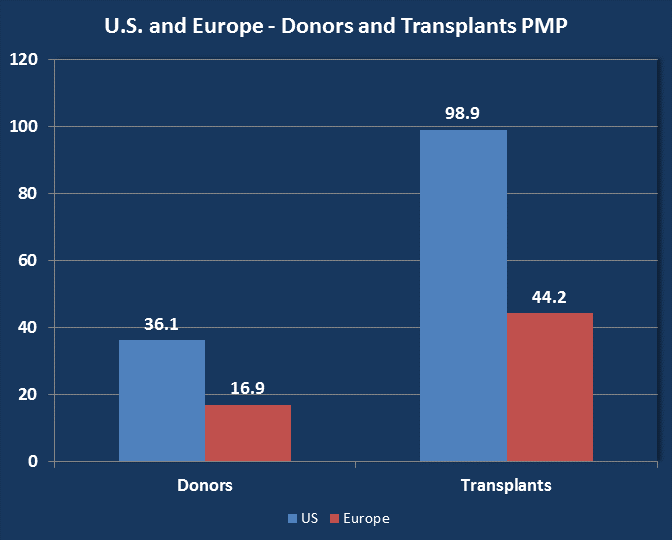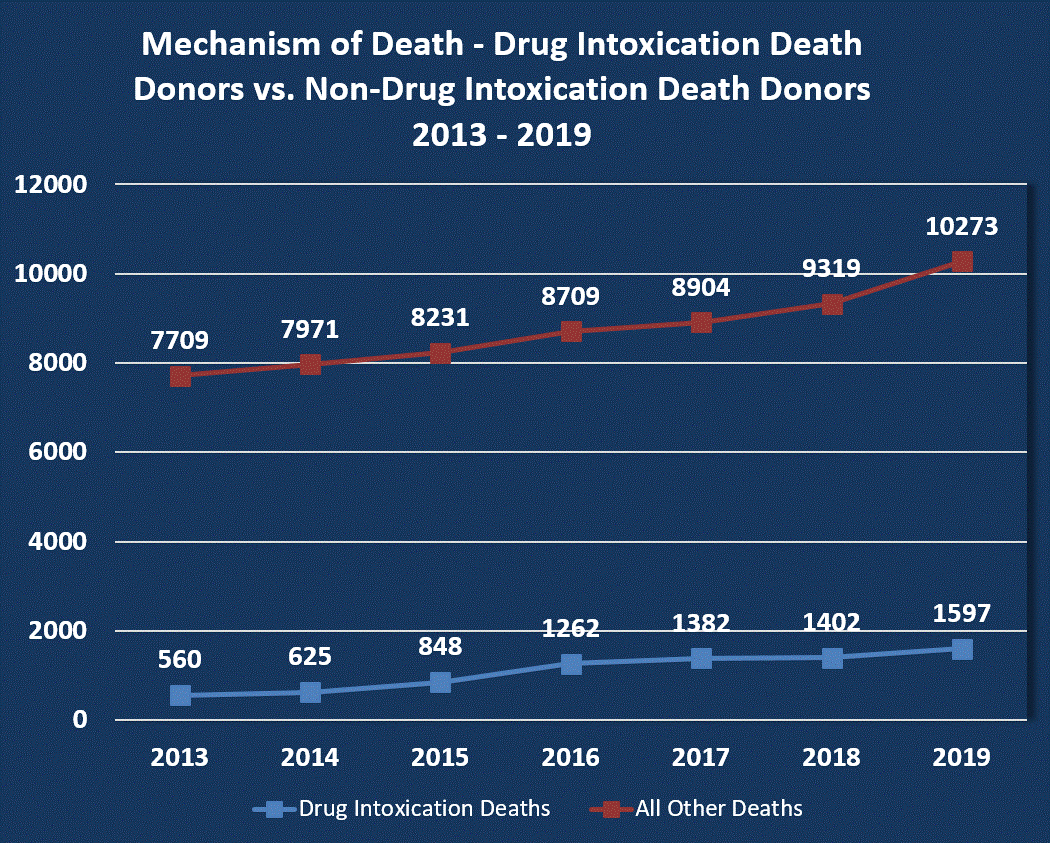What is an Organ Procurement Organization (OPO)?
LifeSource supports families through the organ, eye and tissue donation process and delivers life-saving transplants to the recipients who need them. Learn more about our life-saving work.

LifeSource is one of 58 Organ Procurement Organizations (OPOs) serving the nation and represent a unique aspect of the health care system. These community-based, non-profit organizations are designated by the federal government to recover organs from deceased donors for transplantation. Indeed, they are the only organizations charged with such a responsibility. Since the creation of the OPO structure in the mid-1980s, the US has developed one of the most successful systems of donor identification, authorization, recovery and coordination in the world.
The work of OPOs also includes support services for donor families, the clinical management of deceased donors, in-service and professional education of hospital staff, public education and donor registration, tissue and cornea donation and the recovery of non-transplantable organs and tissues for medical research.
OPOs are critical to the organ transplant system that tens of thousands of patients depend on each year to provide the life-saving transplant they so desperately need. For this reason, it is important to recognize the ongoing high-level performance of our donation system and to continue advocating for system changes to support continuous improvement.
A High Functioning System
Between 2013 and 2019, Organ Procurement Organizations increased organ donation by 44% in the United States, a clear indication that the system is continually improving.

During this same time, organ transplants increased substantially and the number of deaths on the national transplant list trended downward. OPOs commit to maximizing every possible donation opportunity by obtaining authorization for donation, managing the donor, facilitating the organ recovery, and transporting organs to transplant centers.

Moreover, recent data in the Journal of the American Medical Association indicates the performance of the US organ procurement system is among the very best in the world in which 43 of the top 50 performing international jurisdictions – and 9 of the top 10 performers – being U.S. states. Comparing US and Europe data from the Global Observatory on Donation and Transplantation and UNOS demonstrates again the strong performance of the US OPO and transplant system.

Taken together, the data demonstrates great strengths within the current structure of regionally-based Organ Procurement Organizations with close cooperative ties to their area transplant centers and donor hospitals.
Donation Continues During a Public Health Crisis
The effectiveness of the Organ Procurement Organization system is highlighted most recently during the COVID-19 crisis when OPOs – like many other parts of the health care system – faced a multitude of complicating factors that made their work significantly more challenging. Despite more restrictive access to hospital ICUs, fewer in person meetings with donor families and many other hurdles, the OPO community maintained its world leadership. In fact, where as some nations’ deceased donation cases were cut by upwards of 90%, the United States OPO system experienced a short-term reduction in organ donors of approximately 38% and rebounded quickly to pre-COVID levels.
During a different kind of health crisis, that of the ongoing opioid overdose epidemic, OPOs quickly identified the public health implications and worked to create clear clinical pathways for these potential donors and to make the transplant system more open to the use of organs from these donors. As a result, over the last five years, over 6,500 families of overdose victims were able to find solace in donation and nearly 21,400 transplant recipients received the gift of life. While an increase in donors from overdose was partially responsible for the recent year-over-year increase in donation, it is important to note that even absent an increase in overdose death donation, non-overdose death donation rates also increased.

This foundation of experience and expertise has forged a community of organ procurement professionals within OPOs with the dedication and skill to address the needs of those who await transplant.
Innovation will Reduce the Waiting List
With so many patients still awaiting transplant, it is incumbent upon the key stakeholders within the donation and transplant community to work together to align our processes of continual improvement and adopt those measures that will result in more donation opportunities, additional life-saving transplants and better transplant outcomes. Among the most important are:
Adopt More Accurate and Useful OPO Performance Metrics: Organ Procurement Organization leadership and other donation and transplant advocates are calling upon the US Department of Health and Human Services to develop more meaningful, independently reported metrics to accurately reflect the performance of OPOs and appropriately adjust for such critical factors as age, cause of death and which account for extenuating circumstances (such as the COVID-19 pandemic). Improved metrics must also be timely and granular enough to inform and promote continuous improvement and increased donation. The new metrics should be free from known data integrity issue such as those that plague datasets dependent on death certificates and other questionable sources. The OPO community supports the independent electronic reporting of patient-level data as the gold standard for donation metrics.
Promote the Use of Organs from Older and More Complex Donors: Each year, thousands of organs are authorized and recovered by OPOs that are not considered suitable for transplant by current US surgical practice. However, many of these type organs are considered suitable for transplant by other nations’ health care systems. Better aligned regulatory incentives across the OPO and transplant system would result in higher utilization of organs from Donation after Circulatory Death donors, donors of advanced age and donors with more complex co-morbidities.
Expanded Use of Ex Vivo Perfusion and Preservation: Medical advancement in the perfusion, transport and preservation of donor organs have made it possible to expand the pool of donors from which a successful organ recovery and transplant can be made. Working together, transplant centers, OPOs and regulators can continue adoption of these devices and dramatically improve the function of certain donated organs, leading to more and better transplant outcomes.
 Skip to main content
Skip to main content
